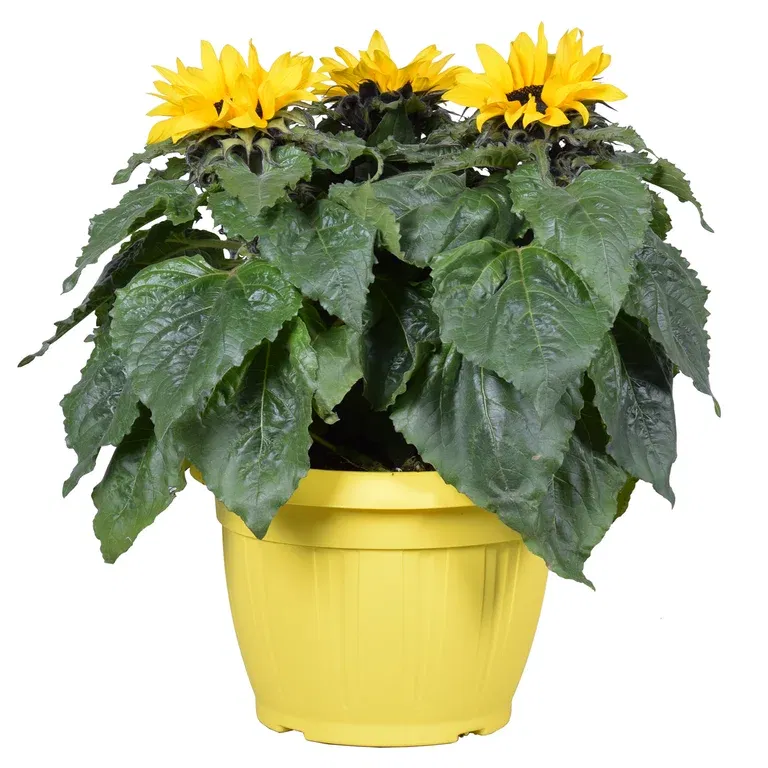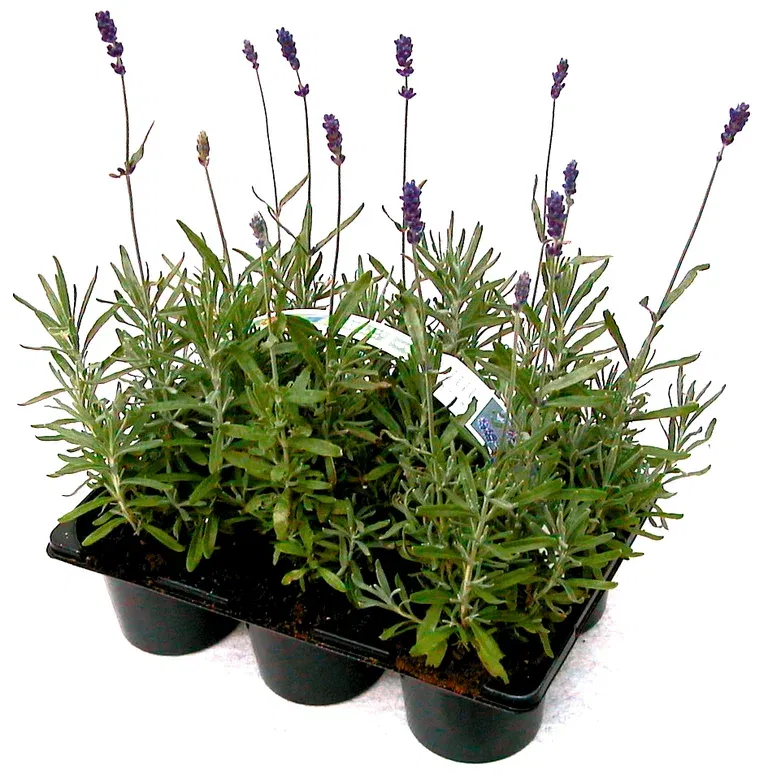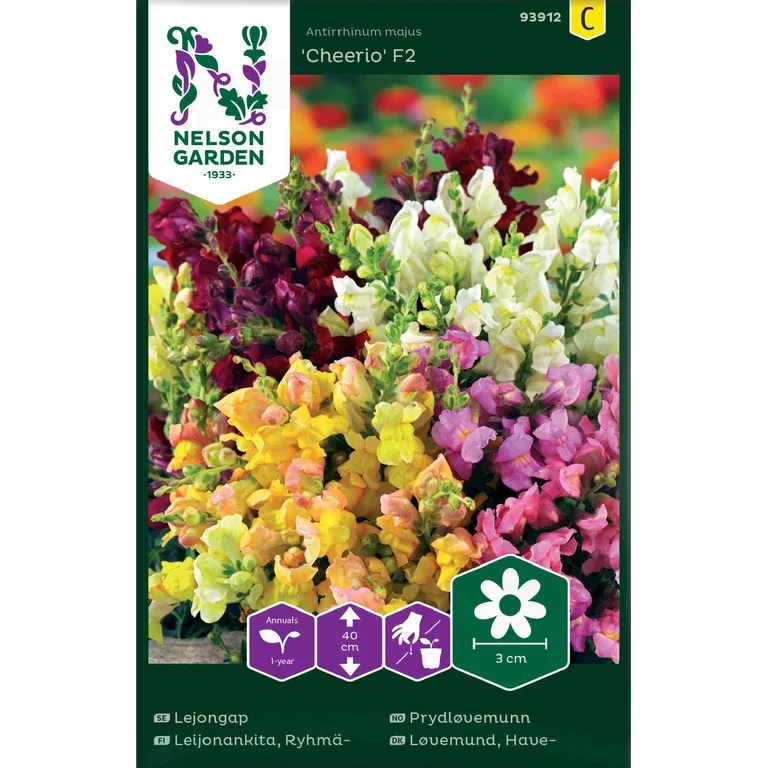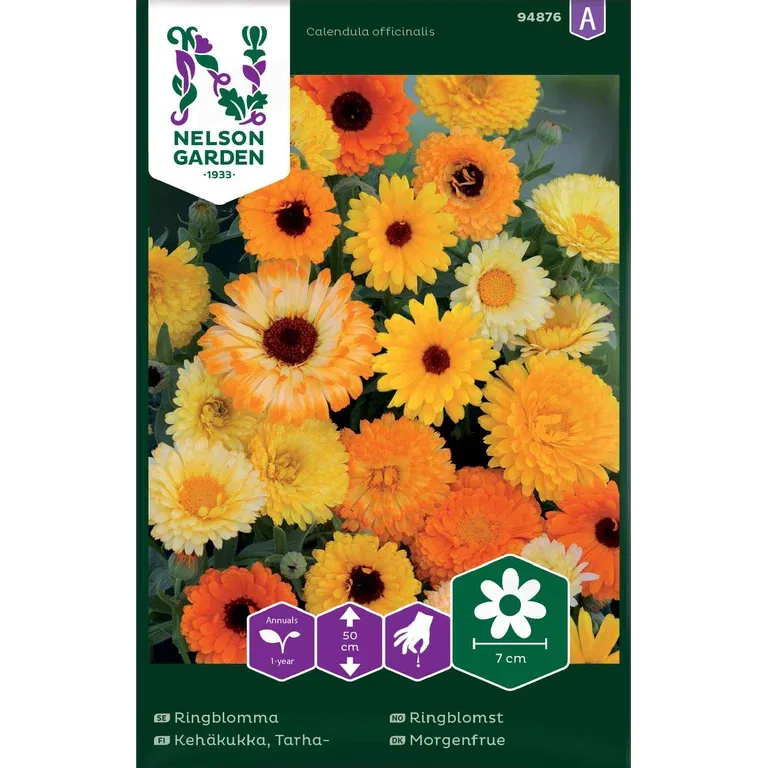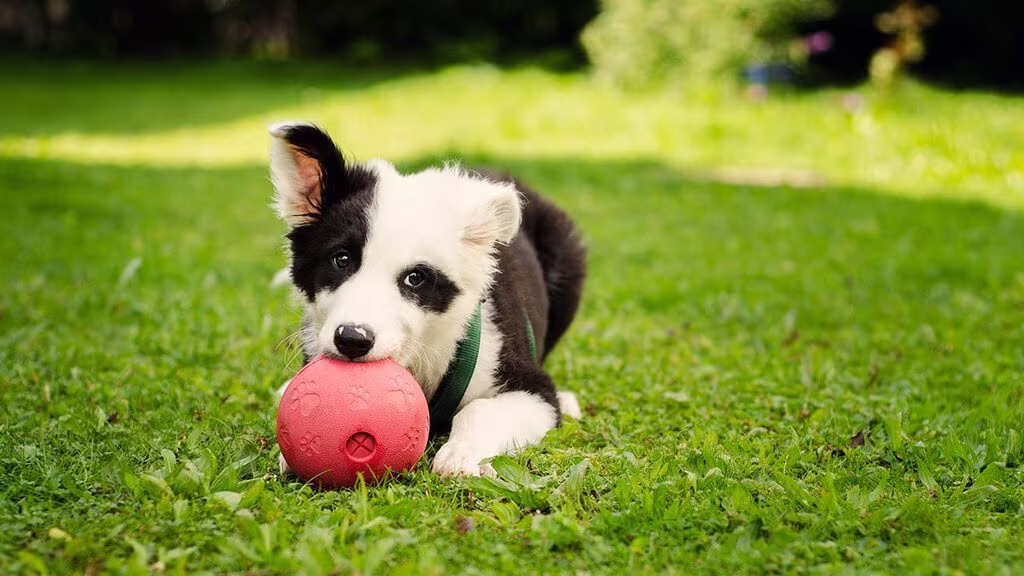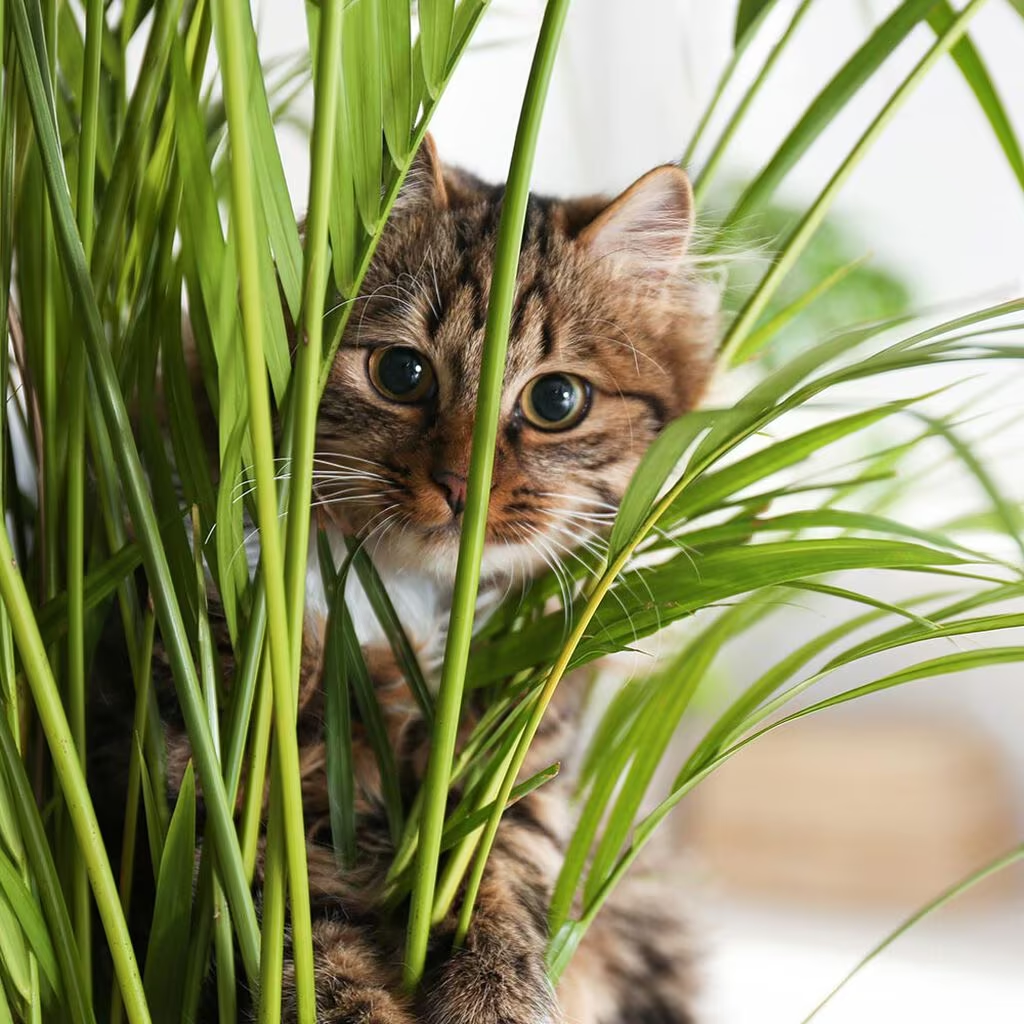This is how you create a delightful garden for dogs and cats
Dog and cat
Summer
Can dogs and cats enjoy the garden as much as we do? Of course! Here we explain more about why you can create a safe and fun garden for both you and your furry friend. Whether you have a dog or a cat, one or more, it might be a good idea to take a look at the garden from your pet's perspective.



Written by Liselotte Roll
Swedish garden inspirer, journalist and author of books about nature, cultivation and animals, such as "Soil", "Grow for insects" and "Chickens as a hobby".
Topics:
Dog and cat
Summer

